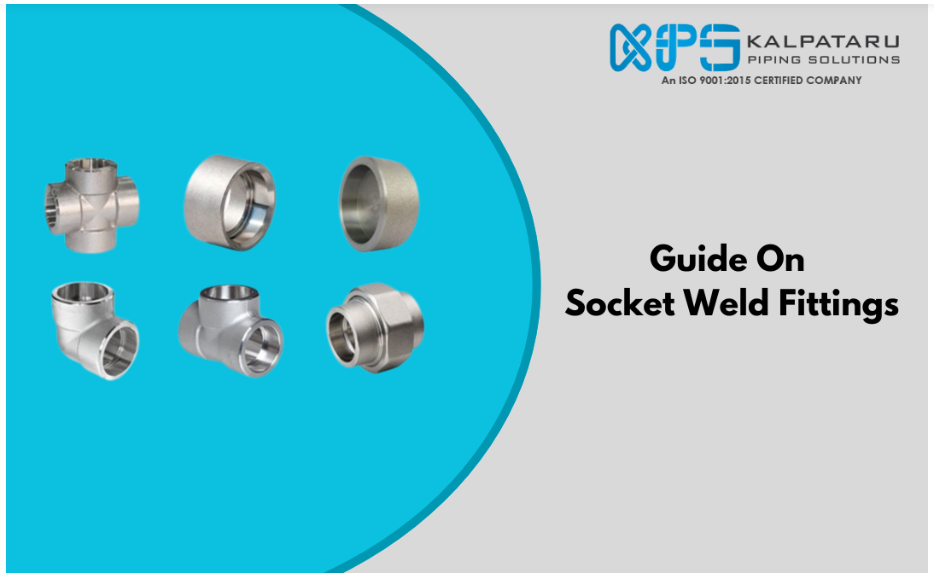Duplex 2205 Vs 316 Stainless Steel

2205 is the most widely used grade of duplex stainless steel for casting, while 316 is commonly referred to as marine-grade stainless steel in investment casting processes. When choosing between 2205 duplex stainless steel and 316 stainless steel for casting, several factors need to be considered. With extensive experience in stainless steel investment casting, between 316 stainless steel casting and 2205 duplex stainless steel casting. This article provides a brief overview of the differences between duplex 2205 and 316 stainless steel . I hope you find it helpful in understanding their distinct properties and applications. Both grade 316 and 2205 stainless steel can be classified as marine-grade stainless steel, making them suitable for casting components used in coastal environments or areas with high chloride exposure. However, marine-grade 2205 duplex stainless steel castings contain higher levels of chromium, nickel, molybdenum, and nitrogen compared to 31...
